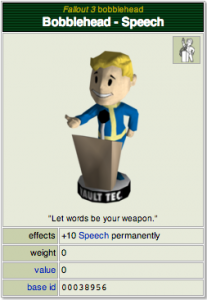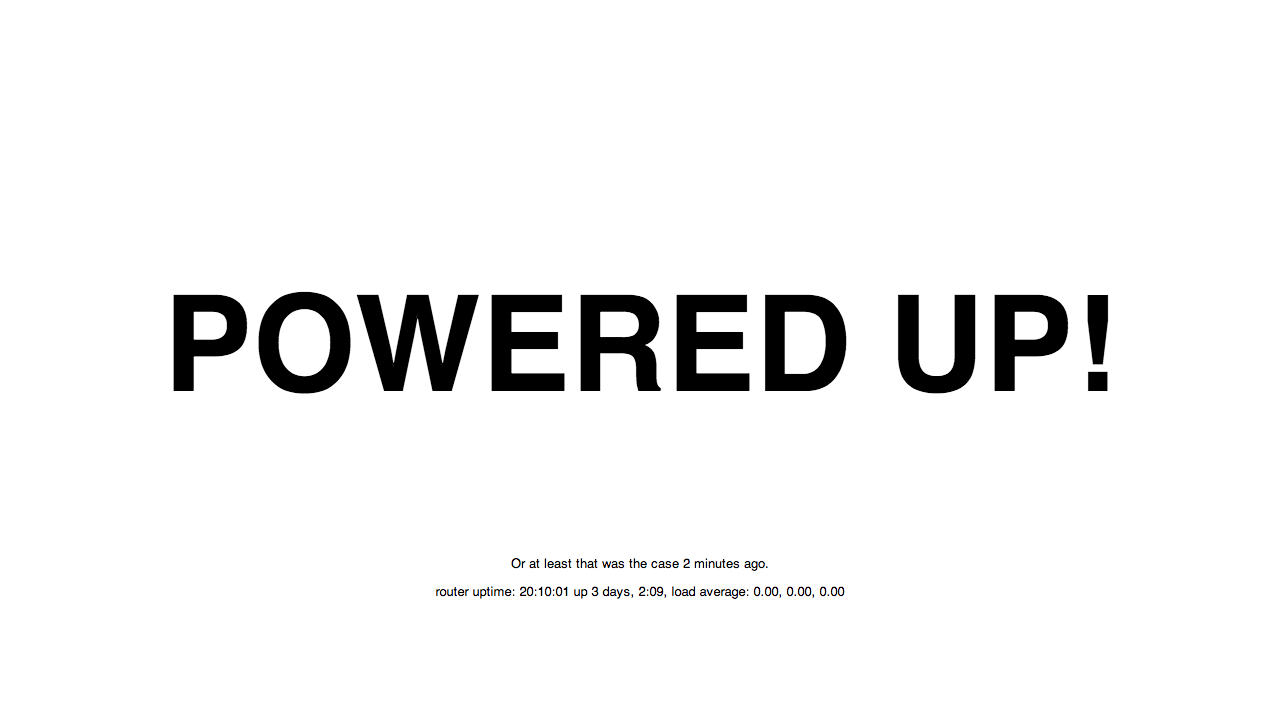There exists a kind of obvious procrastination, where you avoid doing something important to do something frivolous. That’s like watching old episodes of Frasier on Netflix instead of packing for a trip that starts the next day. There’s a more subtle form of procrastination, though, where you put a lot of time and effort into work that looks productive, but is really just a scheme to avoid more important work.
I spent a lot of time on the latter form of procrastination recently. In the second half of 2013, I was extremely busy with a bunch of stuff, primarily getting ready for my wedding in December. After all that activity ended, however, I found myself with a lot more unstructured time. So I returned to the project of the post before this one, Oraide. I started putting little chunks of time into polishing it and improving it. I added some tests and wrote some new docs. It looked like a good use of my time, but if I’m being honest with myself it was not. After all, I hadn’t given a presentation of any kind in months and don’t have any current plans to do so.
On February 2, I sat down for my annual review. It’s not a big thing, I just go through my filing cabinet throwing out old stuff, and laying out some goals for the year. I like the idea of doing it on Groundhog Day. First, I like the thematic overtones of Groundhog Day and, like Bill Murray’s character, spending the day improving my life. Also, it avoids the ceremony and high expectations of starting new things on January 1. New year’s resolutions are regularly-failing, grand gestures of procrastination. Before they’re even started, they are acts of procrastination, by deferring action until some special day in the future, rather than beginning immediately. For most resolutions, there is no natural reason the effort must be delayed until the commencement of a calendar year, except to avoid the effort. New year’s resolutions fail because they are wholly structured around procrastination: after all, if you do fail, you don’t have to start trying again until next year.
Anyway, after spending some time looking at what I accomplished last year to figure out what I wanted to do with this year, I had mixed feelings about the results. While I’m happy to have gotten married and admitted to grad school, I didn’t really have much that didn’t seem ephemeral or just a set up for future demonstrations of what I’m capable of. For 2014, I want more to show for myself in the form of actual stuff that I could point to and say, “See, I did that.”
I don’t want to get mired in year- or months-long projects that fail, like I did last year. Instead, this year I want to limit projects to two weeks, with something material to show for it at the end of each two week sprint.
So to start things off, I gave myself two weeks to finish off some “final” tasks on Oraide and to write this blog post. That’s not to say I’m permanently done with Oraide, just that I don’t intend to put regular effort into it anymore. The only way I’m allowed to work on Oraide now is in the form of actual needs: to work on Oraide, I need to be either be supporting an actual presentation that I’m doing, or responding to a feature request or bug report from someone else.
When this post goes up, I’ll have already started on my next project, to build some cool microcontroller-driven lighting for my kitchen. Tune in in a couple weeks to see how it turned out.


